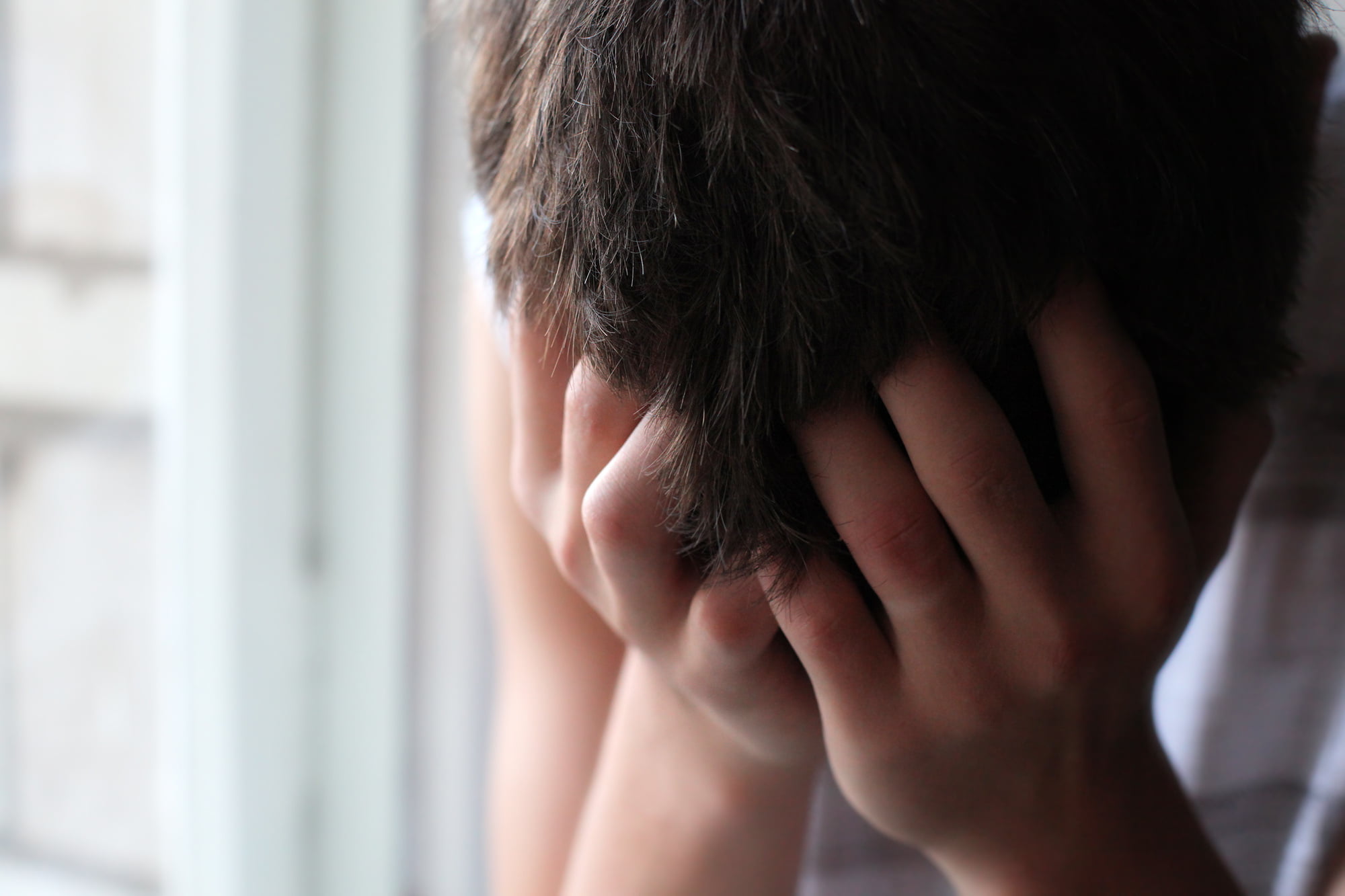A recent CDC study found that 75% of people who experience addiction eventually recover. That encouraging statistic shows that there’s always hope, even for the toughest addictions!
However, the road to recovery isn’t always smooth, especially when opioids are involved. When opioid users stop taking the substance, the body can react strongly. Collectively, these withdrawal symptoms are often called dope sickness.
Dope sickness symptoms can start to set in after just a few hours. Though the intensity fluctuates, symptoms may persist for up to a month or longer.
In this article, we’ll detail fifteen of the most common symptoms. Then we’ll explain how recovering users can cope with them. Read on for our detailed guide to dope sickness and recovery.
1. Tremors
Violent tremors or shaking are one of the most common opioid withdrawal symptoms. This is one of the symptoms of neuroadaptation, or the brain adjusting to not having the drug in its system.
Most shakes will pass and not pose a serious danger. However, if the symptoms are very intense, it may be best to seek medical assistance.
2. Muscle Spasms and Aches
Similar to shakes and tremors, muscles can also start to spasm as the body adjusts. If these spasms are intense, they can cause muscles to ache as well. In the most extreme cases, these spasms may present as seizures.
Again, mild symptoms don’t usually require treatment. But if spasming is more intense and there could be a risk of a seizure, seek medical attention.
3. Hot and Cold Flashes
Many of these symptoms are typical of withdrawal from several substances. However, hot and cold flashes are particularly associated with heroin or opioid withdrawal. The flashes are often accompanied by goosebumps as the body tries to regulate its temperature.
While the flashes are usually brief, longer periods of temperature change are possible. Some people experience a high fever during withdrawal, which can make people feel both hot and cold. Others experience chills, like the shakes described above, regardless of whether they are actually cold.
If the flashes the person experiences are brief, it’s usually best to accommodate the temperature changes with layers. Add more layers when cold, and remove them when hot.
More extended periods of change may require more treatment to keep manageable.
As a start, keep hydrated so the body has what it needs to regulate temperature. And if feeling hot has caused sweating that’s made clothes or sheets damp, change them out for dry ones. In more extreme cases, medical professionals may advise treatment to manage the flashes.
4. Sweating
Both cold and hot sweats can plague people experiencing dope sickness. Generally, they will pose little danger, just discomfort.
To stay comfortable and keep the body’s temperature stable, change out clothing as soon as it becomes damp. Also, make sure to consume enough fluids to make up for what’s lost sweating. This reduces the risk of dehydration and of needing medical attention.
5. Runny Nose
Much like the flu, heroin withdrawal can cause an irritating runny nose. This shouldn’t pose any danger, but make sure to keep the area clean. And be cautious to treat the symptom with flu medication unless you’ve checked with a medical professional that it won’t impede recovery.
6. Watery Eyes
Like a runny nose, watery eyes are more annoying than a danger. But be sure to keep the body hydrated, and try not to irritate the area with lots of tissues.
7. Digestive Issues
Digestive disruption can include loss of appetite, constipation, and several other issues. Besides being uncomfortable, these symptoms suggest your body isn’t getting the nutrients it needs for recovery.
Even if someone loses their appetite, it’s essential to the body’s health that they keep eating, even if it’s only a little. In the case of constipation, focus on eating foods high in fiber.
8. Nausea
Digestive issues are often accompanied by nausea. This could be due to eating less, constipation, or an entirely separate symptom.
Keep symptoms at bay by limiting physical exertion and avoiding rich food and drink. If symptoms become extreme, check with a medical professional which treatment options are best for the situation.
9. Vomiting
In more severe drug addiction cases, the nausea will lead to vomiting. This is most common at the peak of the dope sickness severity; usually 24 to 72 hours.
It’s one of the most unpleasant symptoms, and the fear of prolonged vomiting can put people off trying to recover. But the symptom should pass quickly, or at least reduce in severity.
While it’s at its worst though, do your best to keep the body hydrated. This is challenging when the body tries to get rid of all the liquid you feed it. So drink in little, frequent sips rather than whole glasses of water.
As it’s also challenging to eat, try to sip electrolyte drinks. These can help the body get the energy it needs even when it can’t eat or digest food.
10. Diarrhea
Like vomiting, diarrhea can be caused by or affected by digestive issues. It can also be accompanied by pain, such as stomach cramps.
While someone with diarrhea may be able to drink water, the challenge is also about holding on to nutrients. Try to drink liquids with electrolytes rather than just water. If possible, consume foods that combat diarrhea, such as bananas, rice, apples, and toast.
11. Insomnia
Insomnia is another of the most difficult symptoms to cope with. It’s not only frustrating, but stops the body from getting the rest it needs. This can make recovery slower and harder on the body.
If this symptom persists, some choose to treat it with medication. But always seek a medical professional’s advice before involving medication in recovery.
12. Fatigue
Even if someone who’s dope sick can sleep, they may experience severe exhaustion and fatigue. This can make other symptoms more uncomfortable. But it’s best not to fight exhaustion or fatigue.
The body will no doubt be worn out from functioning without the drug in its system. So let the body get all the rest it needs to keep the recovery process moving in a positive direction.
13. Hallucinations
A combination of fatigue, dehydration, and neuroadaptation can lead to hallucinations. One of the most common of these is hallucinating bugs crawling under the skin, as experienced by methamphetamine users.
Many who experience this symptom will scratch their skin aggressively. Some may even try to cut the skin to get the hallucinated bugs out.
If someone experiences this symptom, it’s best to seek medical help. Specialized medical care can help make sure that people with these symptoms don’t do any harm to themselves.
14. Anxiety
From the beginning of withdrawal, anxiety can plague the mind. At first, this may be anxiety around getting dope sick. Or it could be irrational anxiety caused by neuroadaptation.
In either case, it’s an overwhelming symptom.
Support from friends and family may help the person through. In more extreme cases, where the anxiety is causing other side effects, it may be best to see a medical professional.
15. Depression
Finally, dope sickness can make a drug addict experience feelings of depression. Like anxiety, this feeling can be overwhelming. It can even make people in recovery want to give up and return to the happiness of a drug-induced high.
But this symptom, like all the rest, will subside. Until it does, make sure the person is surrounded by support. And seek medical help if the symptom worsens.
How to Cope With Dope Sickness
Dope sickness may seem like a manageable hurdle if symptoms are mild or come one at a time. The challenge is when users have these symptoms for extended periods of time, and all at once.
Not only is it an awful experience, it can actually pose dangers. Without drinking enough fluids, extreme vomiting and diarrhea can cause life-threatening dehydration. And as a detoxing body can’t handle doses as strong as before, a relapse could cause an overdose.
For these reasons, many professionals recommend quitting opioids in a safe environment.
One option is checking into a rehabilitation facility that can provide 24/7 medical care. Another is to detox and endure dope sickness at the home of friends or family. While not medical professionals, they can provide emotional support, and keep an eye on the person’s health.
Whichever method works best for you or your loved one, always tackle dope sickness with support. That’s the safest way to cope with the symptoms until they subside.
Find the Right Support for You
If you or a loved one is experiencing dope sickness, support is the key to coming out the other side.
While some manage mild symptoms without a doctor, many have found detox or rehab facilities helpful in staying sober. Others found recovery programs were what they needed to get back on their feet.
We’re here to help you choose the best options for your situation. For free advice on solutions near you, or just to talk through your options, get in touch with us today.







